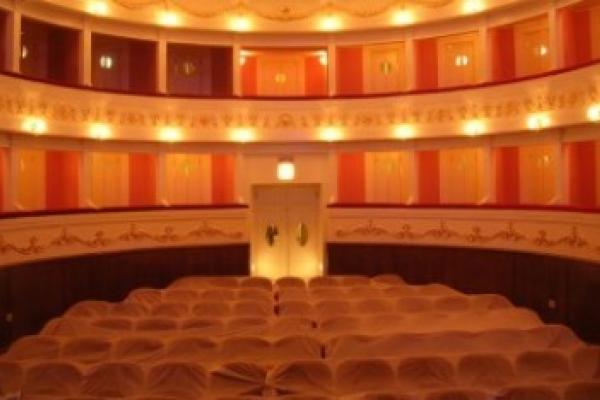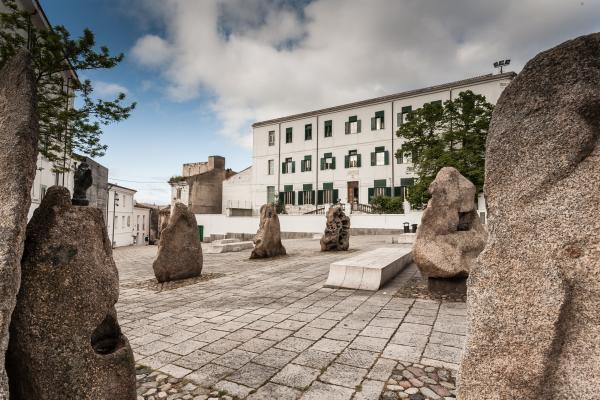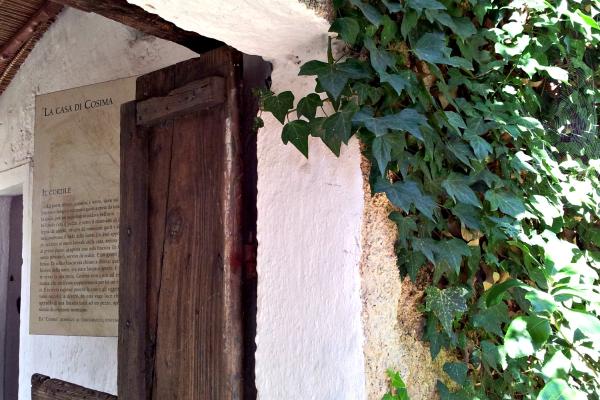Imagine discovering the “tangible and intangible” traditions and modern history of a people, all within a single environment. Such a place exists in Nuoro within a complex of buildings housing the Museo della Vita e delle Tradizioni Popolari Sarde (the Museum of Sardinian Life and Folk Traditions), formerly called ISRE (Istituto Superiore Regionale Etnografico - the Regional Ethnographic Institute), being the most complete ethnographic exhibition of the Island. Built between the 1950s and 1960s on the hill of Sant'Onofrio, based on a design by the architect Antonio Simon Mossa, today it is one of the most visited museum complexes on the island, thanks to the skilful representation of the island's cultural and handicraft beauties.

Museums
The rooms of an “ethnographic village”, carefully arranged on the outskirts of Nuoro in central Sardinia, encapsulate the Sardinian culture and traditions of the 19th and 20th centuries
The rooms of an “ethnographic village”, carefully arranged on the outskirts of Nuoro in central Sardinia, encapsulate the Sardinian culture and traditions of the 19th and 20th centuries
Approfondimenti
See this place because...
Here is the most complete representation of the cultural and identitary traditions of Sardinia, gathered within a “village” of ethnographic spaces in the city of museums par excellence
Pictures and videos
Nearby
Dove si trova
Address: via A. Mereu, 56 - 08100 Nuoro Phone +39 0784 257035 - +39 0784 242900 fax +39 0784 253943 - 0784 37484 Managing Agency: Regione Autonoma della Sardegna - Istituto Superiore Regionale Etnografico, via A. Mereu, 56 - 08100 Nuoro Opening times: from 1 October to 14 June 09.00-13.00 and 15.00-17.00 (including weekends), closed on Mondays. from 15 June to 30 September 09.00-20.00 (7 days a week). Tickets: Free entry. Guided visits available subject to booking. Guided visits and educational activities for schools, by prior arrangement. Assistance to teachers for seminars, and assistance to students attending specialisation courses. The museum has an annexed Specialist Library belonging to the ISRE, accessible via prior written request. Bookshop. Accessibility: there are a few short flights of steps that can be negotiated with the help of the Museum's security guards.
Admission
Free admission
You may also like
More attractions in the vicinity
Nearby hotels and accommodations

Bed and breakfast (rental rooms)
NUORO
0 km

Bed and breakfast
NUORO
0 km

NUORO
0 km

















